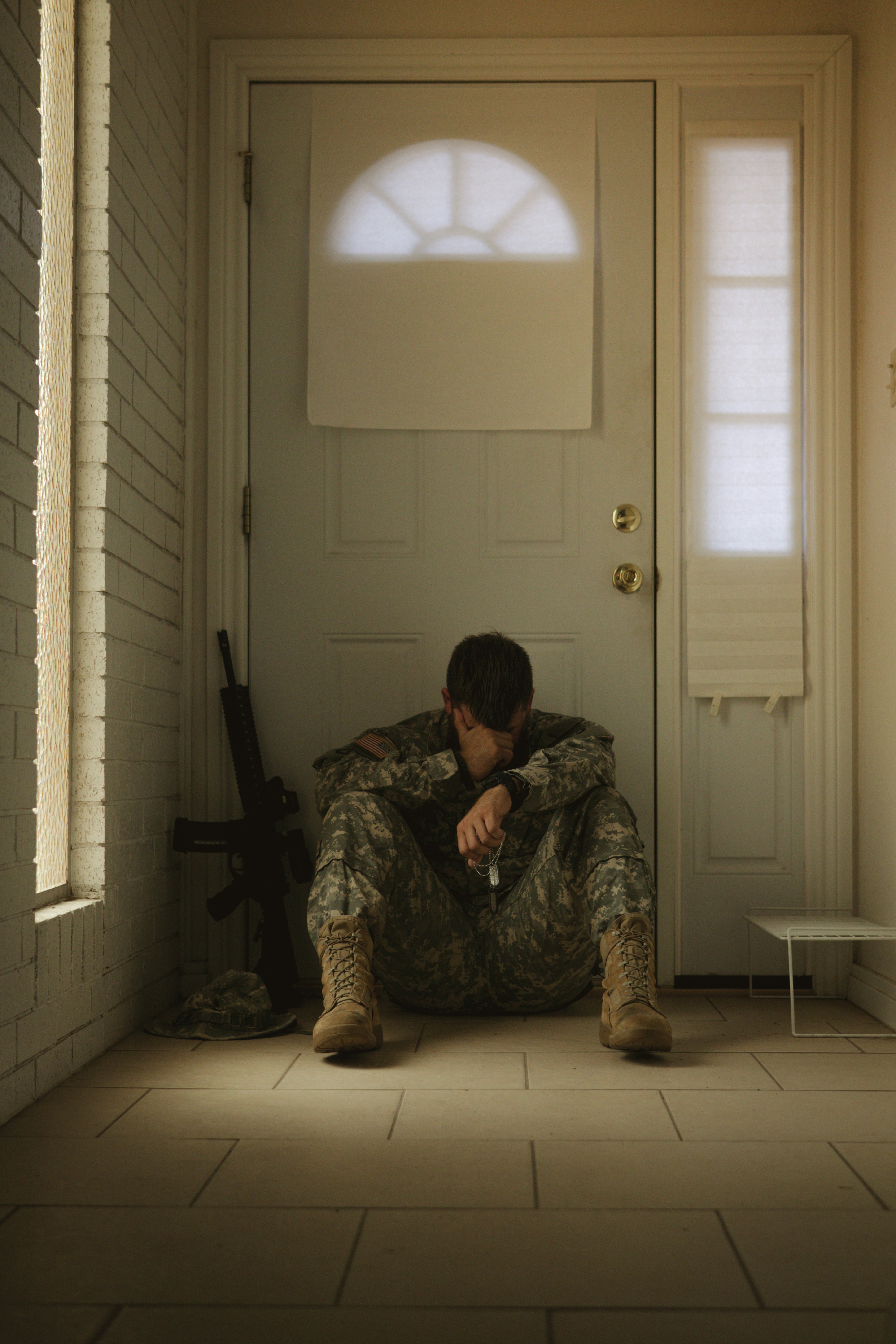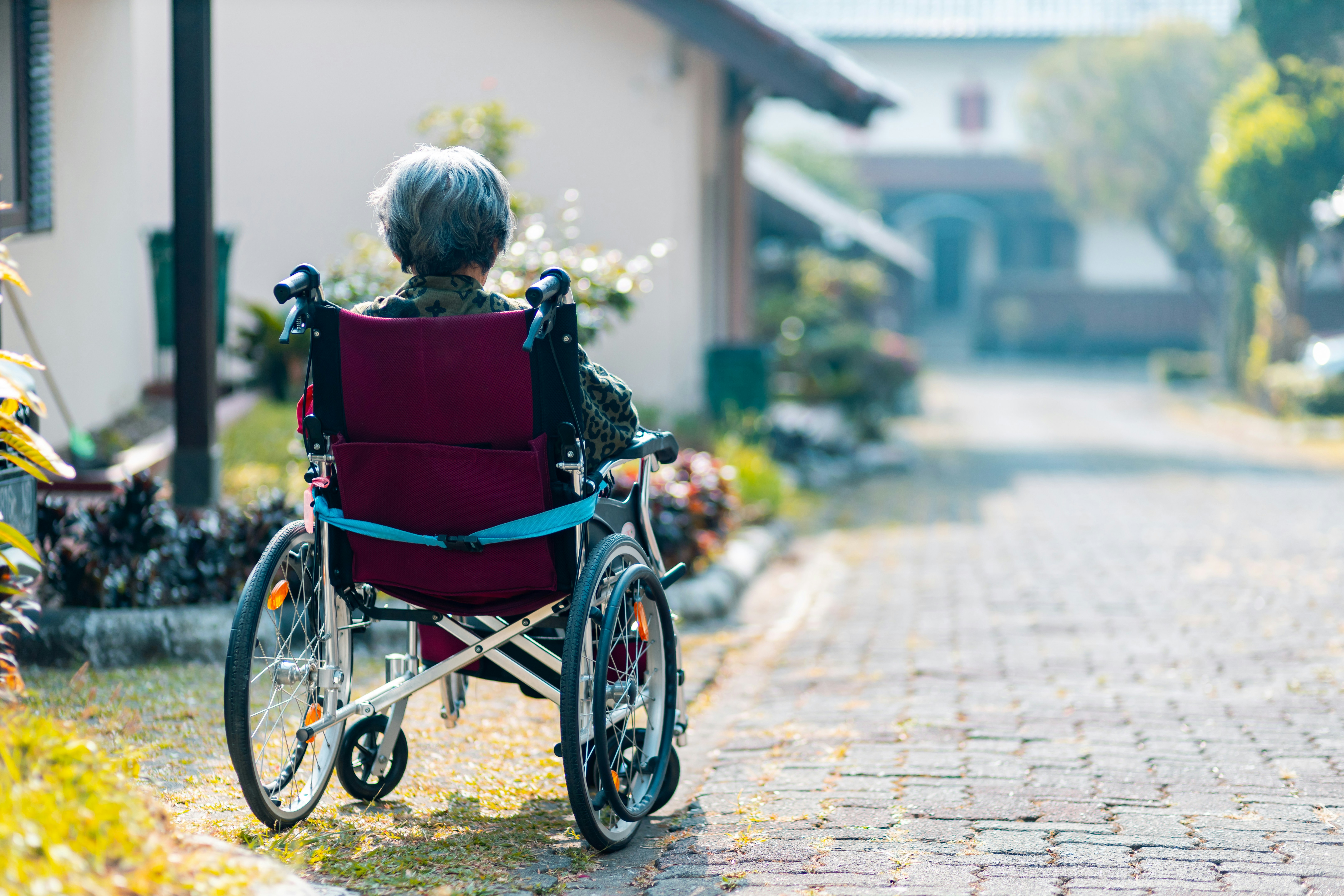This article discusses the significant challenges veterans face during their transition from military to civilian life, including mental health issues like veteran PTSD, depression, and anxiety, as well as substance abuse problems. It highlights the complexities of co-occurring disorders, barriers to treatment such as stigma and access, and offers hope and resources for recovery through integrated care models and veteran-specific programs.
The transition from military service to civilian life is a monumental shift. As a veteran, you’ve likely experienced intense camaraderie, clear purpose, and a structured environment. Leaving that behind can feel like stepping into a completely different world. And for many veterans, this transition is made even more difficult by the presence of mental health challenges, substance abuse issues, or both. If you’re feeling lost, overwhelmed, or like you’re fighting a battle on two fronts, know that you’re not alone.
At Mountainside, we understand the unique challenges veterans face. We’re dedicated to providing compassionate, effective care tailored to your specific needs. Read on to learn more information, receive encouragement, and find a roadmap to recovery.
Understanding Veteran Re-Entry: More Than Just a New Job
Every year, approximately 200,000 service members transition out of the military. This military transition isn’t just about finding a new job or a new place to live. It’s a complete lifestyle change. In the military, you have housing, healthcare, food, and a stable income all taken care of. You have a strong sense of community and belonging. When you leave, all of that disappears at once, creating significant stress.
Between 27 and 44 percent of veterans report a difficult transition to civilian life. This civilian life transition can lead to or worsen mental health conditions and substance abuse problems. The military culture often emphasizes toughness and self-reliance, which can make it hard to ask for help when you need it. Alcohol use is also often normalized in the military, and for combat veterans, this can turn into a way to cope with trauma.
The veteran struggles during re-entry often come from unmet needs at discharge. Without secure employment, stable housing, or access to healthcare, veterans are more vulnerable to mental health issues and substance abuse. Unmet needs can lead to risky behavior, depression, and resentment, driving veterans to self-medicate with alcohol or drugs.
Moreover, veteran re-entry can be difficult because of the loss of identity. Military service becomes a central part of who you are. The values, structure, and camaraderie are deeply ingrained. When this identity is suddenly gone, it can lead to depression, anxiety, and a vulnerability to substance abuse.
The Mental Health Crisis: PTSD, Depression, and Anxiety
Veteran PTSD is a common and debilitating consequence of military service, especially for those who experienced combat or military sexual trauma. Veterans from Iraq and Afghanistan have elevated rates of PTSD, with 15 percent experiencing it in any given year and 29 percent at some point in their lives. This is roughly four times higher than the general population.
Symptoms of veteran PTSD include
- Re-experiencing traumatic memories
- Avoiding reminders of trauma
- Negative changes in thinking and mood
- Heightened arousal
These symptoms disrupt sleep, relationships, and job performance. The constant internal distress can lead to substance abuse as a way to find relief.
Military depression is another significant concern. Following deployment to Iraq or Afghanistan, the rate of diagnosed depression among service members increased from 11.4 to 15 percent. This rate often persists after discharge. Depression manifests as persistent sadness, loss of interest, hopelessness, fatigue, and difficulty concentrating. Separation from loved ones, combat stressors, and readjusting to civilian life all contribute to these symptoms.
What are the signs of depression in a recently discharged veteran? Look for:
- Changes in mood
- Withdrawal from social activities
- Changes in sleep or appetite
- Loss of interest in hobbies
- Difficulty concentrating
- Expressions of hopelessness
Some veterans may express their depression through irritability and anger.
Veteran anxiety is also prevalent, affecting approximately 10 percent of veterans. How to help a veteran with service-related anxiety starts with understanding that it often stems from legitimate threats faced during service or worry about succeeding in civilian life. Veterans with anxiety may experience panic attacks, constant worry, muscle tension, and an overwhelming sense of danger. The hypervigilance developed during combat can become maladaptive in civilian settings.
The Substance Abuse Epidemic: Addiction and Mental Health
The scale of veteran substance abuse is a pressing public health crisis. Over 80 percent of veterans with substance use disorders abuse alcohol, nearly 27 percent abuse illegal drugs, and about 7 percent abuse both. This translates to nearly 900,000 veterans struggling with alcohol abuse and approximately 300,000 with illegal drug addiction.
Veteran drug use includes both illicit substances and prescription medications, with opioid misuse being a major concern. Veterans are twice as likely to die from an opioid overdose compared to civilians. Marijuana is the most commonly used illicit drug, but heroin and prescription opioid abuse are also concerning trends.
What is the biggest substance abuse problem for veterans? Alcohol abuse remains the predominant issue. The relationship between alcohol abuse and military service is rooted in military culture, where alcohol use is normalized. Many veterans continue or escalate this behavior after discharge, using alcohol to self-medicate PTSD, depression, and stress.
Veteran addiction to prescription opioids is a particular vulnerability. Service-connected injuries and chronic pain are common, and opioids are frequently prescribed. This can lead to problematic use and dependence.
Co-Occurring Disorders: Mental Health and Substance Abuse
One of the most challenging aspects of veteran mental health treatment is understanding veteran dual diagnosis. The presence of both a mental health disorder and a substance use disorder creates a complex clinical picture. Between 82 and 93 percent of veterans who served in Afghanistan and Iraq and developed substance use disorders also met criteria for at least one co-occurring mental health disorder.
Veteran dual diagnosis typically involves PTSD as the primary mental health condition. Veterans with both PTSD and substance use disorders experience more severe symptoms, greater functional impairment, and poorer treatment outcomes. The relationship is bidirectional: trauma leads to PTSD, which drives substance use, and substance use worsens PTSD.
How does PTSD affect veteran re-entry to civilian life when substance abuse is present? It becomes even more complicated. A veteran attempting to reintegrate while managing untreated PTSD faces enormous challenges. When addiction is also present, these challenges multiply.
Veterans with co-occurring PTSD and depression face additional complications. The combination of PTSD and depression is particularly associated with veteran suicide. Veterans who have a veteran SUD are 3 to 4 times more likely to be diagnosed with PTSD, and those with both conditions face dramatically elevated suicide risk.
Barriers to Treatment and Recovery: Why Veterans Don’t Seek Help
Despite available treatments, approximately 60 percent of veterans with mental health issues and 96 percent of veterans with substance use disorders do not seek treatment. Understanding the barriers to addiction treatment for rural veterans and all veterans is essential.
Overcoming military stigma for mental health treatment is a major barrier. The military culture emphasizes toughness, making it hard to seek help. Veterans fear judgment and believe they should solve their problems on their own.
Cost and insurance coverage are also practical barriers. While most veterans have VA benefits, gaps in coverage and limited services create problems. Does the VA cover alcohol abuse treatment for veterans? Yes, but the specifics depend on eligibility and service availability. Many veterans live far from VA hospitals, and how to find veteran-specific drug rehab programs can be overwhelming.
Specialized Challenges for Specific Veteran Populations
Mental health resources for female veterans require tailored approaches. Female veterans are more likely to commit suicide and have a higher risk of developing PTSD. They also experience higher rates of childhood sexual abuse, military sexual trauma, and domestic violence.
Finding housing and treatment for homeless veterans with SUD is a complex challenge. The link between veteran homelessness and substance abuse is bidirectional. Substance use can lead to homelessness, and homelessness can drive substance abuse.
Finding Help and Moving Forward: Resources and Best Practices
Despite these challenges, hope and recovery are possible. Understanding best practices for veteran readjustment to civilian life begins with recognizing that treatment works.
Integrated care models for veteran substance use and mental health recognize that treating either condition in isolation is insufficient. Integrated treatment addressing both PTSD and substance use disorders produces better outcomes.
How to support a veteran family member with drug dependency begins with education and understanding. Maintain boundaries, avoid enabling behaviors, and encourage professional treatment.
If you’re a veteran struggling with these issues, Mountainside can help. We offer individualized and comprehensive programs that meet the needs of anyone struggling with substance abuse or mental health concerns. With several veterans on staff, you’ll receive specialized care from those who understand. Speak with an admissions specialist today to discover your options.
If you or a loved one is struggling with addiction, Mountainside can help.
Click here or call (888) 833-4676 to speak with one of our addiction treatment experts.

 By
By 






